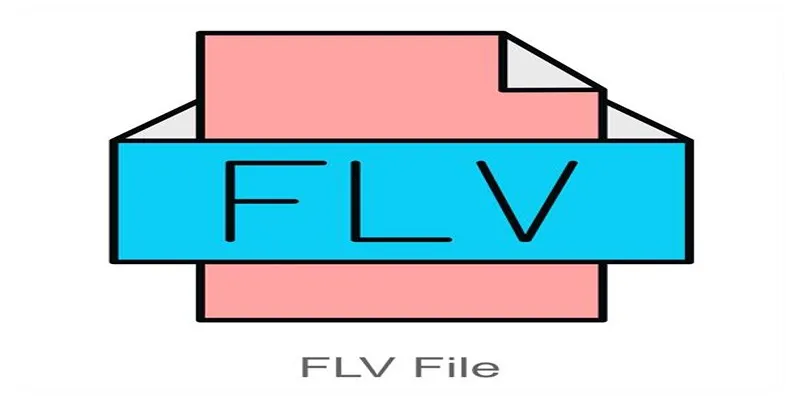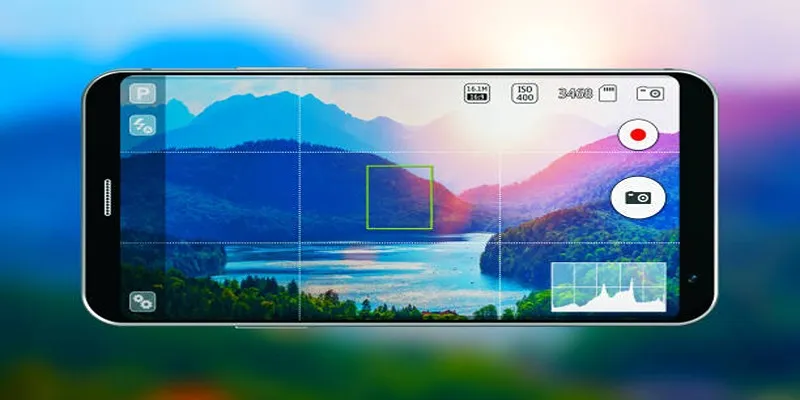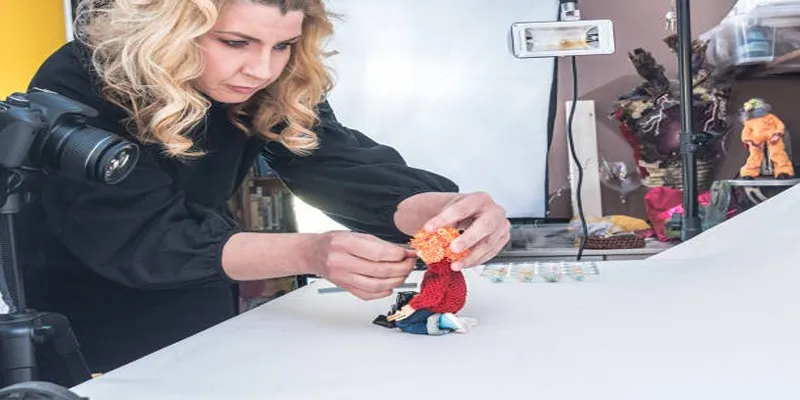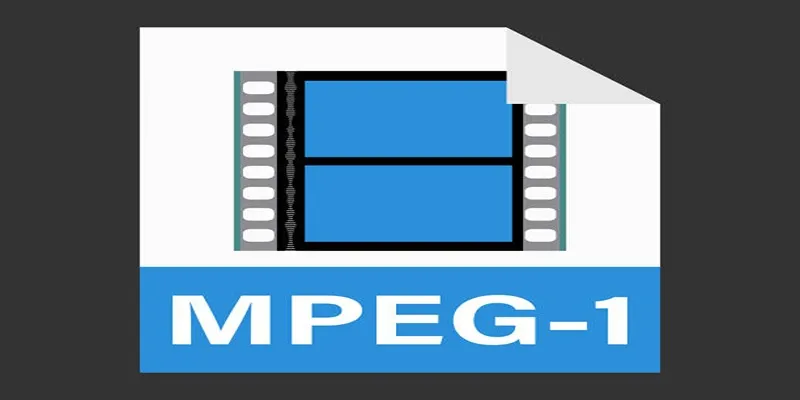Meet the iPod Family: From Classic to Touch and Beyond
Before streaming was everywhere and phones could do it all, there was something small, sleek, and magnetic in our palms—the iPod. Whether tucked into a pocket or strapped to an armband during a run, the iPod became a part of daily life for millions. It wasn’t just about music; it was about the way we carried it with us. Quiet subway rides, gym sessions, long car trips—all shaped by this device. The iPod wasn’t just a single product; it was an entire family of devices, each with its own look, feel, and crowd. Let’s look back at the iPod family—who they were, what made them different, and why people loved them.
The iPod Family You Should Know
iPod Classic: The One That Started It All
Back in October 2001, the first iPod showed up and changed how we carried music forever. Sure, by today’s standards, it was a bit bulky, with a mechanical scroll wheel and a tiny black-and-white screen, but it had a trick no other device could match—it could hold a thousand songs right in your pocket. For the early 2000s, that was game-changing.
As the years passed, the iPod Classic got sleeker. The scroll wheel shifted to a touch-sensitive surface, the screen blossomed into color, and the battery lasted longer. By 2007, the final model sported a smooth aluminum case and a whopping 160 GB of storage—enough space for nearly everyone’s entire music library.
What made the Classic special was its focus. No apps, no distractions—just music, podcasts, and audiobooks. It felt solid in your hand, reliable like a trusted friend, and like carrying a tiny jukebox everywhere you went. It wasn’t just a gadget—it was a companion.
iPod Mini: Short-Lived but Loved
The iPod Mini only lasted two generations, but it made a big splash. Launched in 2004, it was smaller than the Classic and came in a handful of bright colors. Silver, gold, pink, blue, and green—the iPod Mini was the first iPod that felt a bit like fashion.

It wasn’t just smaller; it was easier to carry. Its aluminum body made it durable, and its simple interface made it easy to use. At a time when other companies were still figuring out digital music players, the Mini felt smooth and fun.
Its life was short because something better was coming, but many still remember it as the first iPod they ever owned. It was the one that felt just right—not too big, not too small, and fun to look at.
iPod Nano: The Shapeshifter
The iPod Nano replaced the Mini in 2005, and over the years, it wore many faces. Each generation looked different from the last—some were tall and slim, others were short and square. Apple wasn’t afraid to experiment here.
The Nano kept getting smaller, but it always stayed easy to use. It had a color screen early on and eventually added video playback, FM radio, and a pedometer. Some versions looked like tiny iPhones. One version was so small, people clipped it on like a watch—before the Apple Watch was a thing.
It was the iPod for people on the move. Runners loved it. So did students, commuters, and anyone who wanted something lightweight and quick. The Nano didn’t have massive storage, but it had just enough. And because it was so light, people barely noticed it until the music started playing.
iPod Shuffle: Stripped Down and Ready to Go
If the iPod Classic was the workhorse and the Nano the experimenter, the Shuffle was the minimalist. No screen. Just a clip, a few buttons, and a whole lot of guessing.

Launched in 2005, the Shuffle was tiny—small enough to lose in your laundry. But that was the point. It wasn’t made for browsing your music. It was made for pressing play and going. The idea was simple: let go of control, and let the music surprise you.
Some people didn’t like the lack of a screen. Others saw it as a relief. You didn’t have to think about what to listen to—you just listened. It was perfect for workouts, walks, and moments when you didn’t want to fiddle with anything. Just music, plain and simple.
There was one version that removed all the buttons and required special headphones to control it. That didn’t go over well, and Apple brought the buttons back. But no matter the version, the Shuffle kept its core identity—small, screenless, and straight to the point.
iPod Touch: The One That Felt Like the Future
When the iPod Touch came out in 2007, it felt like something from another world. A full touchscreen. Wi-Fi. Apps. A web browser. It looked like an iPhone, and in many ways, it was. It just couldn’t make phone calls.
The Touch changed what people expected from an iPod. You could watch YouTube, send messages over Wi-Fi, play games, and later even FaceTime. It wasn’t just a music player—it was a mini-computer.
Kids and teens especially loved it. It gave them access to a lot of what the iPhone offered without needing a phone plan. For families, it was a gateway to apps, music, and games without the cost of a smartphone. Schools used them for education. Developers used them to test apps. For a while, the iPod Touch was everywhere.
Over time, as iPhones became more common and affordable, the iPod Touch’s popularity faded. But for many, it was their first smart device—their first taste of mobile apps and the internet in their pocket.
Conclusion
The iPod family changed the way we carry and listen to music, each device offering something unique. From the Classic’s vast storage to the Touch’s smart features, these players shaped a generation’s soundtracks. Even though they’ve been replaced by smartphones, their influence remains. The iPod wasn’t just a gadget—it was a simple, focused way to connect with music, leaving a lasting mark on how we experience sound today.
Related Articles

A Clear Guide to iPod-Compatible Video and How to Convert Files

Easiest Way to Put Movies on iPod Without Hassle | Step-by-Step Guide

How to Make Any Video iPod-Compatible on Windows and Mac

5 Best Tools to Transfer and Convert AVCHD Videos to Your iPod
Popular Articles

Simple Steps to Combine FLV Files into One Seamless Video

Create Your E-Signature Fast: Top 6 Digital Signature Tools

Top Food Community Apps for Recipe Sharing

Top Tools to Pull Accurate Data from Any Graph Image

Top 2 Free Methods to Create Stunning Picture-in-Picture Videos

6 Best Tools to Create Stunning Animated Videos with Ease

Master the art of strategic link building to dominate Google rankings

The Ultimate Guide to the 10 Best WordPress Admin Dashboard Plugins

Top 7 Background Removal Tools for Clean E-Signatures

How to Move Comments Between WordPress Posts: A Quick and Easy Guide

Best Tools for Converting MPEG to iPhone Format Easily

 mww2
mww2